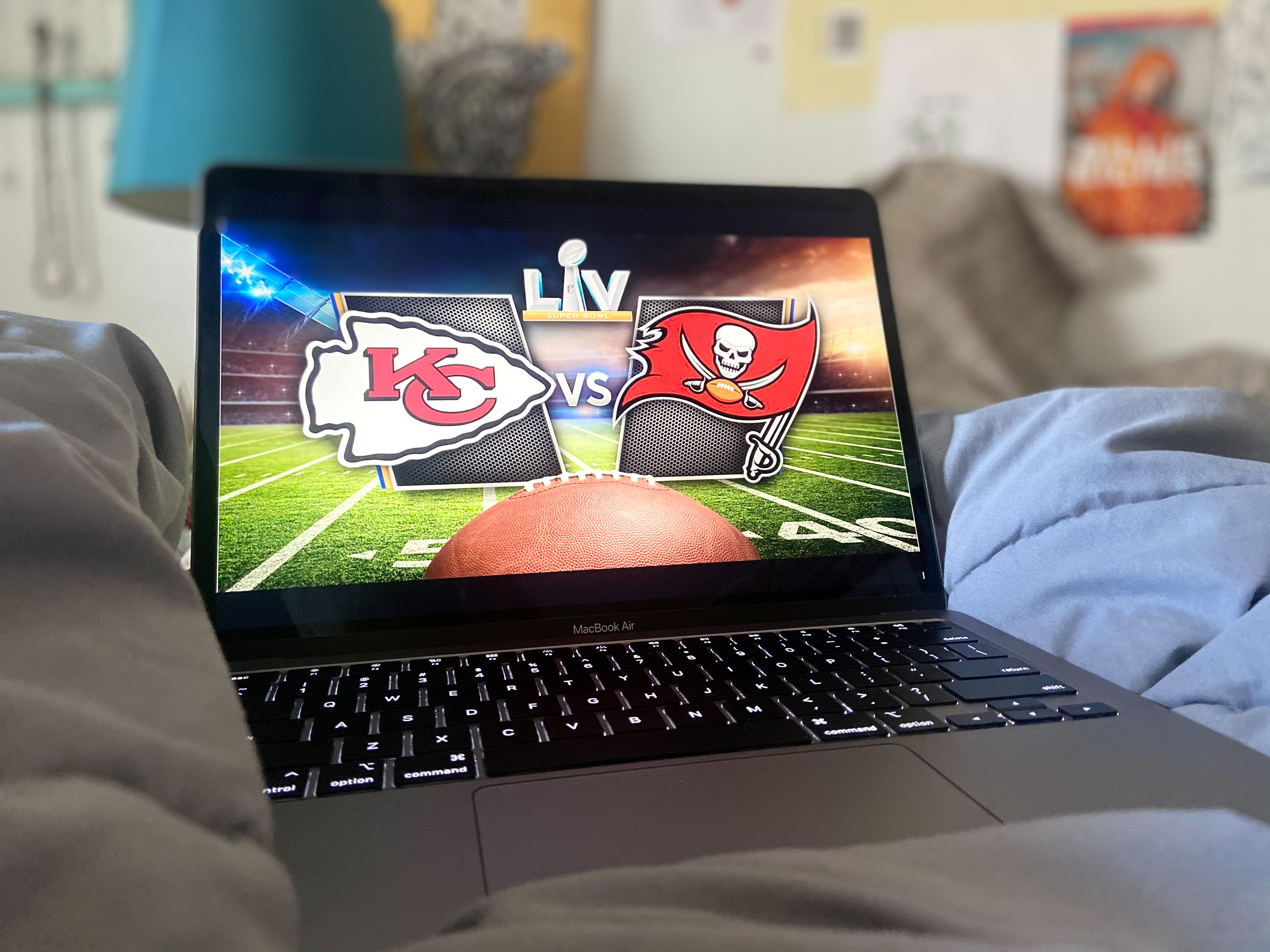One of the most watched annually televised programs, the Super Bowl, was streamed for the fifty-fifth time Sunday, Feb. 7, as the Kansas City Chiefs were dominated by the Tampa Bay Buccaneers. But do people only watch the Super Bowl for the game, or are they more interested in the commercials?
The Super Bowl commercials are always a topic of discussion the day after the game. They are sometimes talked about even more than the final score of the game or the plays made by the players.
This year, while we are still in the middle of the pandemic, more people are staying home with not much to do. According to Fast Company, it was expected that more people would be watching the Super Bowl this year and as a result companies would make their advertisements bigger and more appealing to the audience.
These infamous commercials have changed in different ways over the years. The first Super Bowl commercial was called “Hey Kid, Catch!” and was advertising Coca-Cola in 1980.
According to Sporting News, when this advertisement was created and released, it cost the company about $37,500. Today, it costs about $5.5 million for a company to show a 30 second advertisement.
Over the years, there have been several commercials that people have remembered whether it be because of the humor, relatability or because of the heartwarming story the advertisement tells. A few memorable ones are the Apple 1984 commercial, the 2011 Volkswagen “The Force”, or the 2020 “Loretta” Google commercial.
Bryson Perdue, a sophomore finance major, shared that his favorite older commercial was the 2019 Bud Light advertisement.
“The knights in the commercial made it cool and I liked the humor in it,” he said.
According to The Wall Street Journal, many companies use the Super Bowl advertising slots as an opportunity to take risks in advertising.
In recent years, companies have begun touching on issues of immigration and social issues such as inequality and gender. Even though these advertisements cost millions of dollars, various commercials are only shown during the game.
However, some companies and organizations do not want to take the risk in touching on different social or political issues. Rather than discussing these topics in the commercials, they gain the attention of the viewer by using humor. Everyone likes a funny commercial.
Matthew Ervin, a junior social work major said, “I think people like the commercials because of the humor, but they have changed in that they are more politically correct and aren’t crossing any lines with some humor, and I believe they will continue to do that.”
Brad Tinsley, a junior business management major, shared that his favorite Super Bowl commercial this year was the General Motors commercial starring Will Ferrell. “I just love Will Ferrell, he has always made me laugh.” Tinsley adds “The commercials are not as funny as they used to be, they are more serious and not as laid back as I remember.”
While acknowledging that commercials have changed, it is important to look to the future to see how these advertisements will continue to change as time goes on. As new technology, vehicles, and other advancements become available we can expect companies to continue connecting with their audience through humor, heartwarming stories, or through discussing social and political topics occurring at the time of release.
Photo by Kaily Paddie




